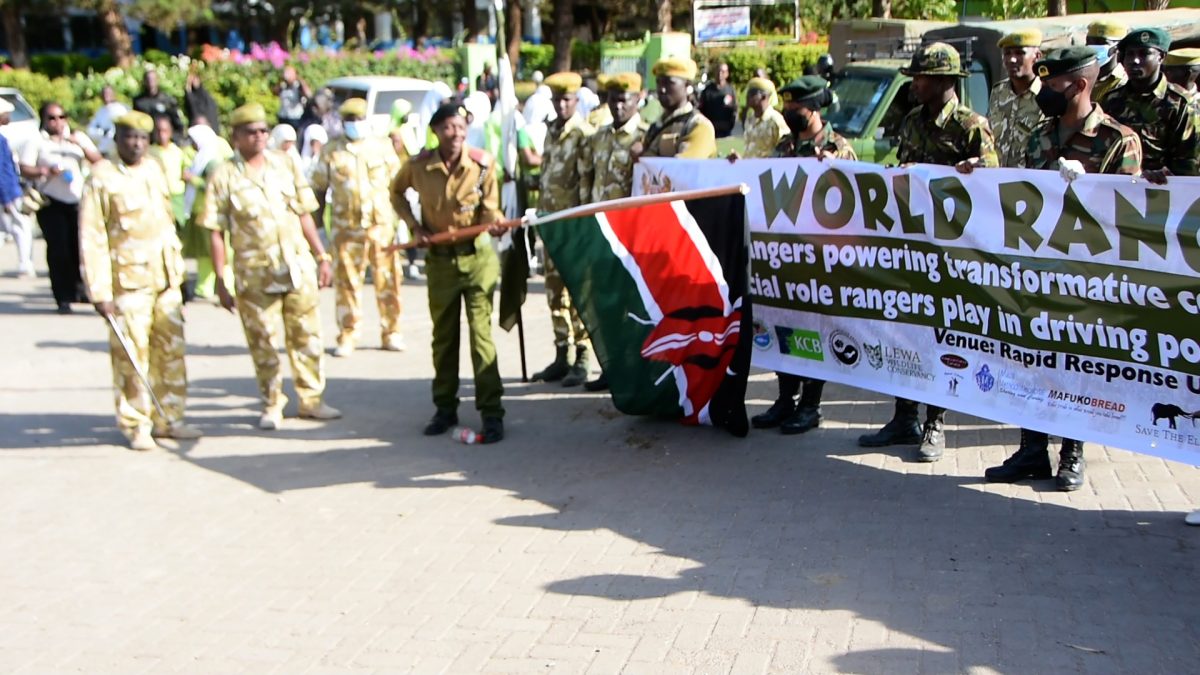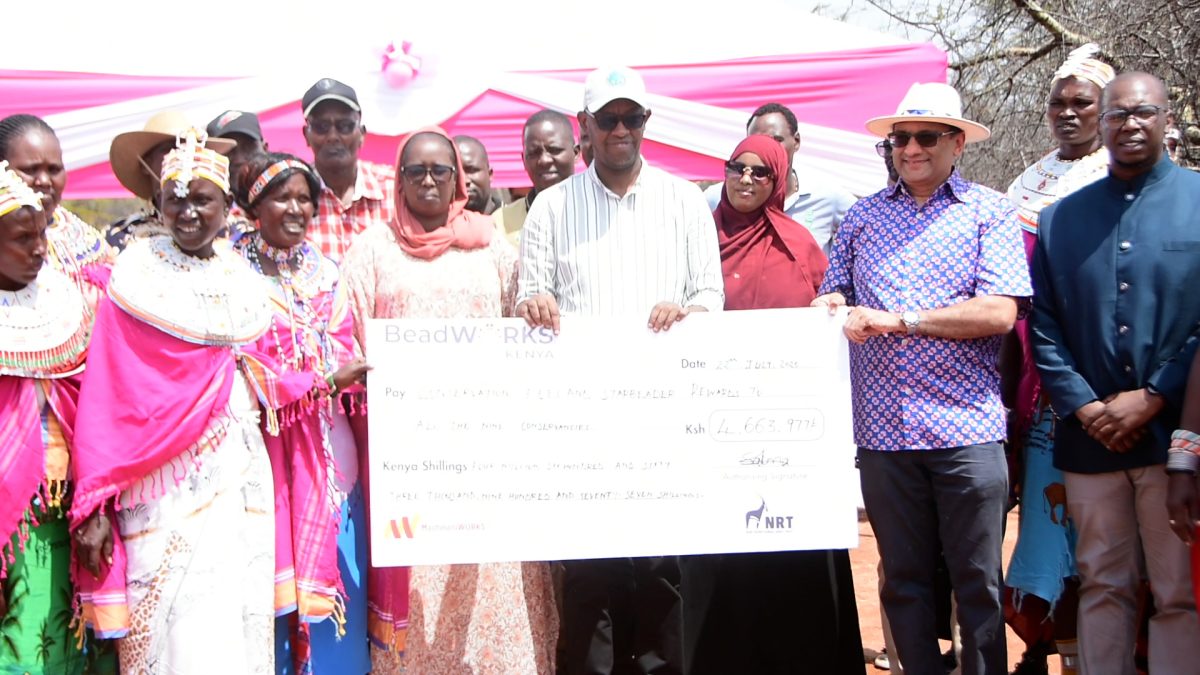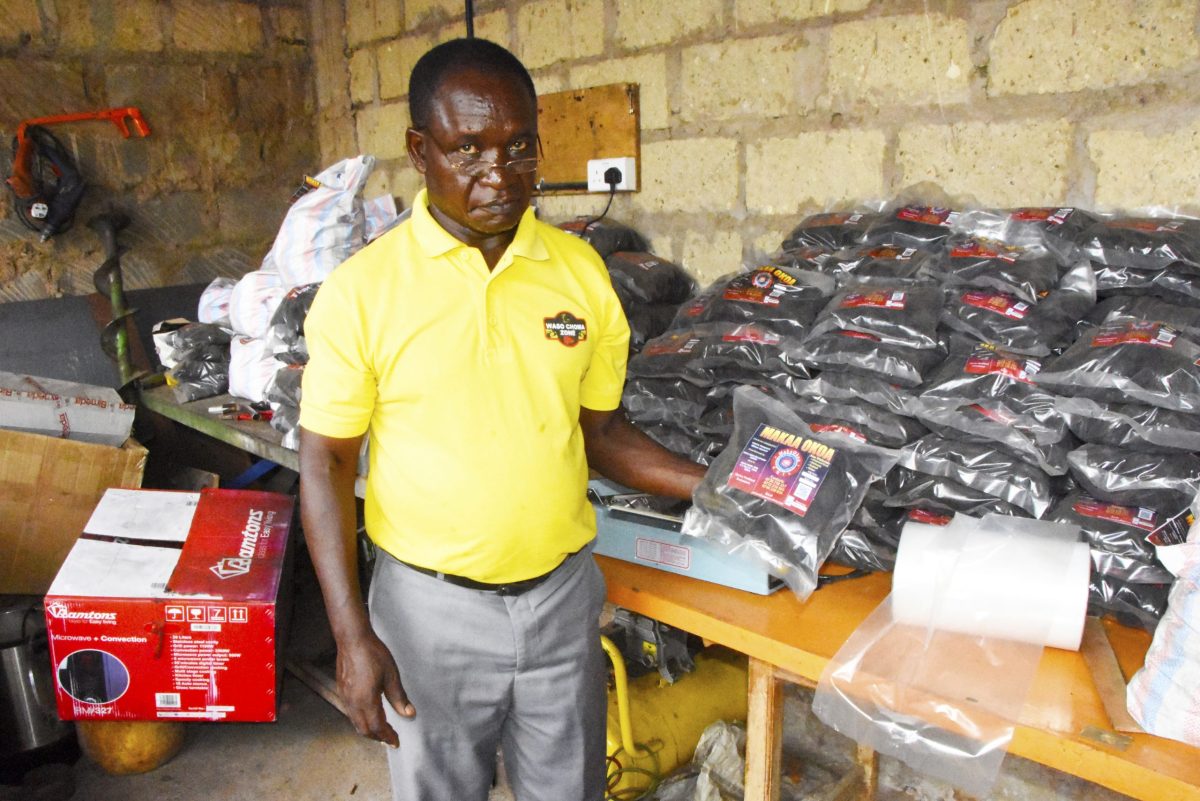How Bamboo is Transforming Kenya’s Fight Against Climate Chaos
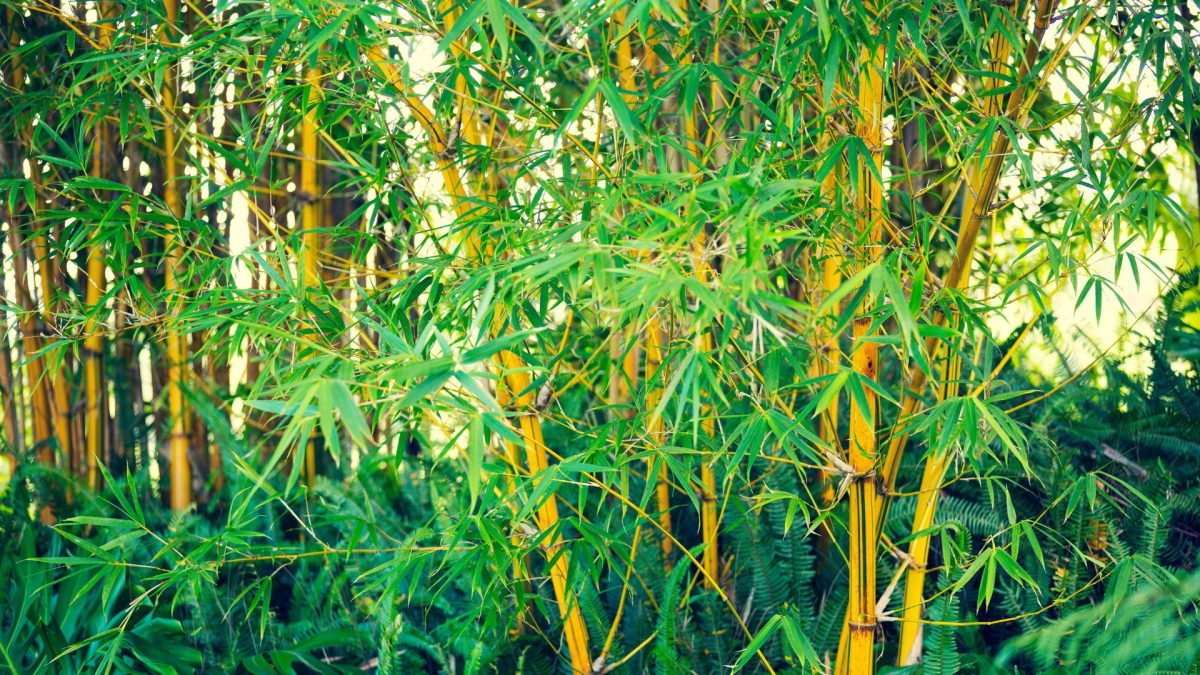
In the sun-scorched, flood-battered counties of northeastern Kenya, places like Isiolo have become stark symbols of a worsening climate crisis.
Here, parched earth regularly gives way to raging torrents — a brutal cycle of drought followed by sudden flash floods. For the communities caught in this rhythm of ruin, the search for lasting solutions is now becoming more urgent.
This solution could be easily found in the bamboo a plant that has been tried and tested in other parts of the world like China and found to offer encouraging solutions to slowing down climate change effects.
Often mistaken for a tree, the bamboo is, in fact, a giant grass — and an ecological powerhouse, with the ability to grow nearly a meter per day and soar up to 30 meters tall and experts believe it could just be a convenient solution.
It can be planted on slopes, riverbanks gorges and other areas prone to erosion to prevent soil loss. Its extensive root system helps bind soil particles, preventing them from being washed away by rain and water flow.
It is one of the fastest-growing plants on Earth, offers more than just speed. It’s a carbon-sequestering champion, capable of trapping up to three times more carbon than typical vegetation, while simultaneously stabilizing riverbanks and breathing life into degraded landscapes.
Communities in western Kenya have already seen the promise bamboo holds. In Busia County’s Bunyala Sub- County, where rivers Nzoia and Yala frequently burst their banks, bamboo has been planted as a living wall against floodwaters.
Where floods once swallowed farms and swept away homes, green shoots now hold firm to the soil. These natural barriers not only reduce erosion but restore fragile ecosystems, turning disaster zones into resilient landscapes.
Once harvested numerous uses, ranging from construction, food, medicine remedies and craft. It’s used for building materials like houses, bridges, and scaffolding, and also in making furniture, flooring, and textiles. Bamboo shoots are a culinary staple, and its fibers are used in paper and pulp production.
This greening of Busia is not an isolated experiment. A recent initiative led by the United Nations Environment Programme (UNEP) is equipping local farmers with bamboo seedlings and climate-smart training. It’s a twofold mission — to heal the land and to empower the people.
Farmers, once fearful of the rains, now speak with cautious optimism. Bamboo has brought them more than just protection. It’s bringing prosperity. With its renewable nature and rapid harvest cycles, bamboo is fast becoming a source of steady income.
That potential hasn’t gone unnoticed. Caroline Kariuki, CEO of Green Port Enterprises, is building a full-fledged bamboo value chain.
from nurseries and plantations to coming up processing factories the goal is to unlock bamboo’s potential not just as a climate solution, but as a rural economic engine.
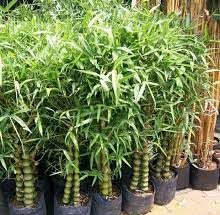
According to industry estimates, each acre of mature bamboo can generate up to KES 200,000 annually and could be harvested for four consecutive years after it reaches maturity which comes in seven years. For many small-scale farmers, that kind of return could prove transformative.
The roots of this bamboo movement run deep. The Kenya Forestry Research Institute (KEFRI) has studied bamboo for decades, testing 24 species and identifying 14 that can thrive in Kenya’s diverse ecological zones.
Some are ideal for wetter areas, others for semi-arid lands. With the right support — intercropping techniques, drip irrigation — bamboo can flourish even in challenging terrains.
Government support has helped accelerate the shift. When President William Ruto designated bamboo as a cash crop in 2020, it signaled a turning point. Policy began to align with science, opening the door for large-scale investment and adoption.
Now, with international backing, including a Kenya-Ethiopia partnership focused on capacity building and commercial expansion, bamboo is stepping onto the global stage. It’s being positioned not just as an environmental remedy, but as a cornerstone of sustainable development across Africa.
From riverside villages to arid plains, bamboo is rewriting the narrative of climate vulnerability. It’s turning despair into opportunity — offering soil stability, clean air, and financial security all in one hardy stalk.
As more counties, particularly those in climate-stressed northeastern Kenya, look for solutions, bamboo may hold the key. It’s not just a plant; it’s a plan. A living, growing blueprint for resilience.
In a time of uncertainty, Kenya is discovering that the answer to the climate crisis may already be rooted in its own soil. As bamboo forests rise, they carry a powerful message — one of hope, renewal, and a future that is, quite literally, still growing.

